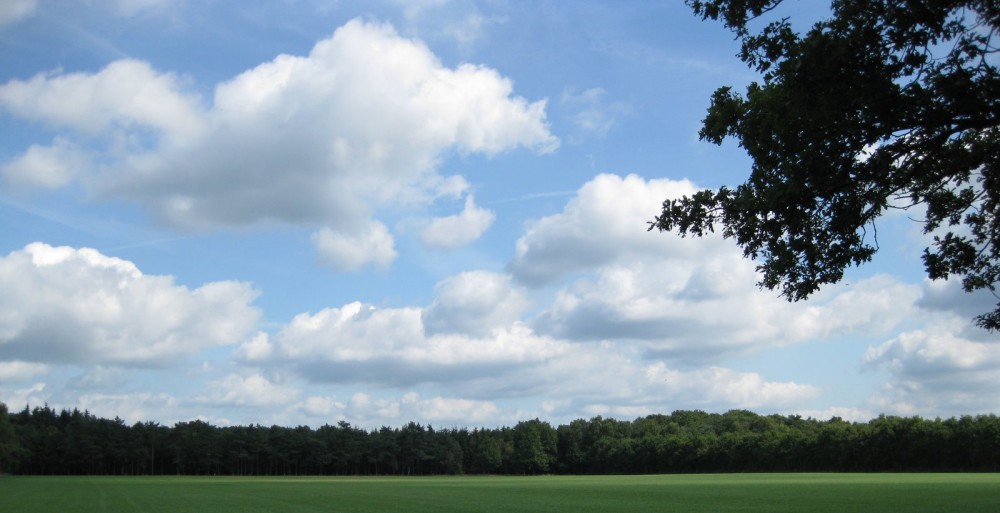Emptiness or the Void (from Religion and the One, by Prof. Frederick Copleston, London 1982)
Denial of the existence of a permanent substantial self, underlying all passing psychical states or mental phenomena, goes back to the beginning of Buddhism. The adherents of the Madhyamika school insisted that all things, both mind and external things, were insubstantial, not in the sense that they were absolutely non-existent or unreal, but in the sense that there was no abiding substance or core in any of them. In other words, they applied a phenomenalistic analysis to all things. This view was expressed by saying that all things, including selves or minds, were ’empty’. They were not only causally dependent but also essentiallly changing and transient, devoid of any permanent substantial core or self-nature. They were all manifestations of emptiness.
This view, taken by itself, did not of course entail the hypostatization of Emptiness or the Void as an all-pervasive reality. One might assert that all things are causally dependent, changing and transient, and at the same time deny that there is any reality beyond these causally dependent and changing things. But Buddhism is essentially a spiritual path, a path to Nirvana. And if Emptiness or the Void is simply a collective name for the changing Many, considered in regard to certain characteristics, it seems to follow that Nirvana, which involves transcending the world of time and change, is equivalent to annihilation. This was indeed what some Buddhists believed that it was. Others, however, regarded Nirvana as a positive state of bliss, not indeed describable or even conceivable, but none the less not equivalent in an absolute sense to non-existence. Given this point of view, there was naturally a tendency in the Madhyamika school to refer to Emptiness or the Void as though it were the Absolute, the One.
For Nagarjuna, the great Madhyamika philosopher, it was incorrect to say that Emptiness did not exist. It was equally incorrect to say that it existed. It was also incorrect to say both that it existed and that it did not exist. Finally, it was incorrect to say that it neither existed nor did not exist. In other words, one could really say nothing at all.. Nagarjuna developed an elaborate dialectic to expose the fallacies in all positive metaphysical systems and made no claim to expound a metaphysical system of his own. This clearing away, so to speak, of metaphysics was thought of as facilitating or preparing the way for an intuitive apprehension of Emptiness. This intuition can hardly be interpreted simply as an assent to the conclusion of an agreement, namely the conclusion that all things are insubstantial. For this conclusion can be established philosophically, according to Buddhist thinkers. The intuition might perhaps be interpreted as a more lively awareness of what is already known, as a personal realization of the emptiness of all things which goes beyond mere intellectual assent to the conclusion of an argument and which influences conduct, promoting detachment for an example.
At the same time the idea of philosophical reasoning as a preparation for an intuition of Emptiness naturally tends to suggest that Emptiness or the Void is the Absolute, the ultimate reality which is called ‘Emptiness’ because it transcends conceptual thought and all description.. Some scholars are sharply opposed to any such interpretation. In their opinion terms as ‘Emptiness’ and the ‘Void’ do not refer to any ultimate reality. They do not refer even to the inner reality of phenomena. They have no inner reality. We should not allow ourselves to be misled by the use of nouns and proceed to assimilate the philosophy of Nagarjuna to that of Shankara. The Madhyamika system is simply a faithful development of the teaching of the Buddha, who did not postulate any metaphysical reality.
